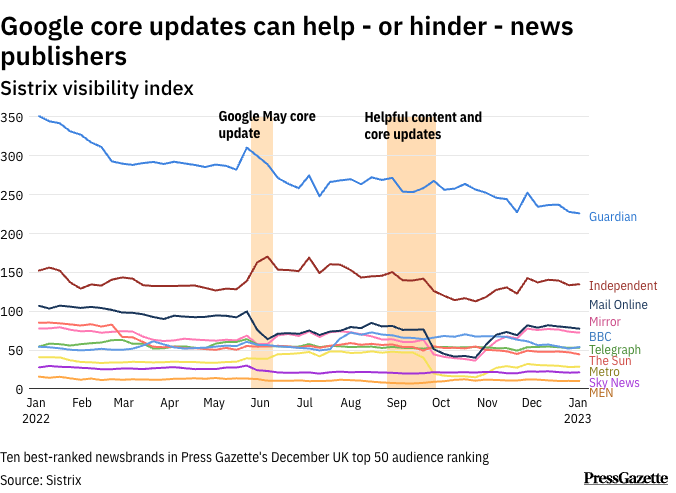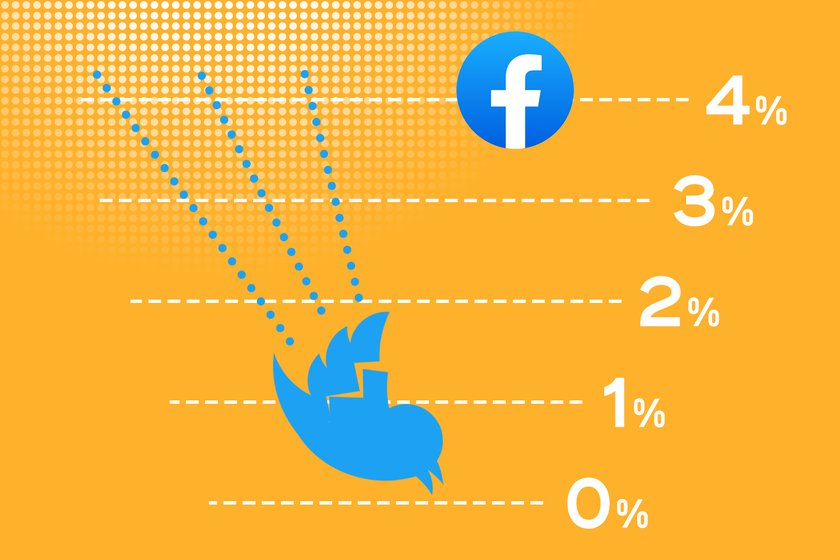Hello there, here's our monthly newsletter!
April 2023, subscribe to the newsletter
What is the role of journalistic media? They bring news and describe what is happening in the world, of course. But more and more are finding out that this is not enough. News outlets will have to work hard in the coming years to stay relevant to their audiences. In this newsletter, we highlight some challenges, but also examples of those that are already navigating this tricky path with finesse and ingenuity.
- "With ChatGPT you can start to think about news in very, very different ways: rebuild the article, rebuild the news experience, beyond using AI doing what we already do", said Gina Chua (Semafor) during a session at the International Journalism Festival in Perugia last week. AI is looking like it will present the industry with a massive paradigm shift in the way we create and distribute information.
- Solutions journalism is something to watch. Read on for a summary of a good session at Perugia on this - and an explanatory article from our own dossier.
Website visits are under pressure
We already know that global visits to news sites are decreasing after the Covid crisis. Over the last year, interest in the largest news sites also declined.
In the wake of this, news brands are less frequently appearing in Google's search results. In general, the visibility of the 68 largest Western sites decreased by 20% in 2022, according to research published recently by Press Gazette. At The Guardian, visibility dropped by 36% due to changes in the Google algorithm.


